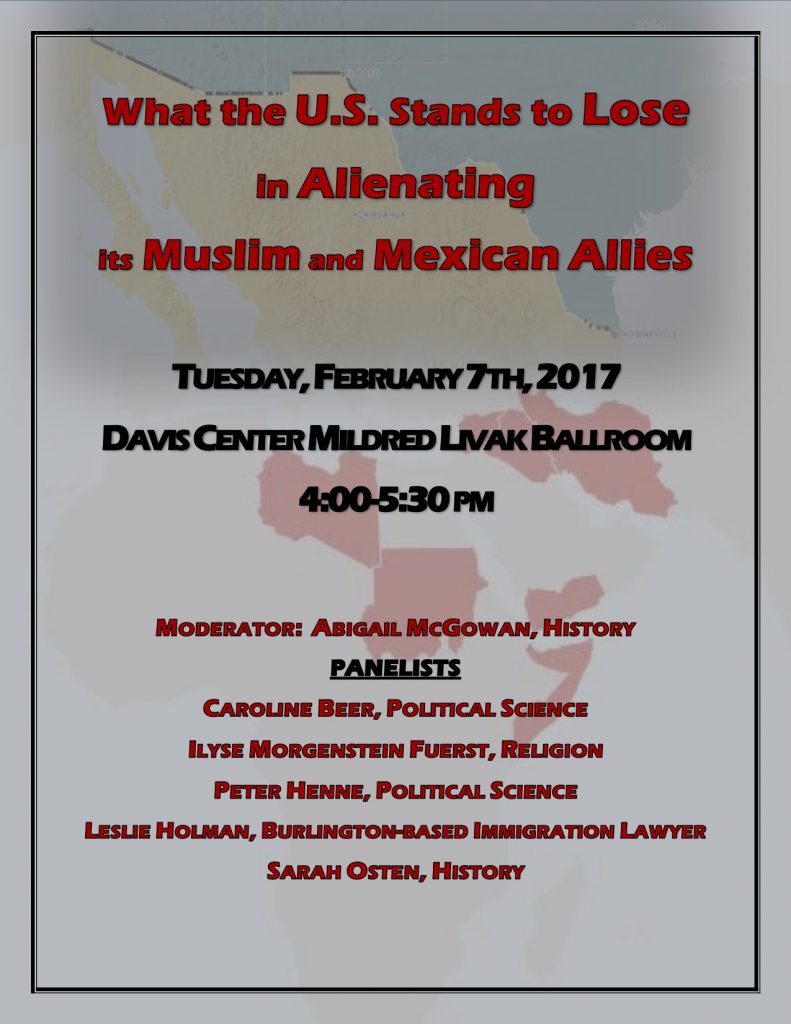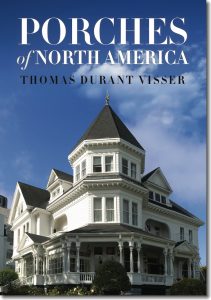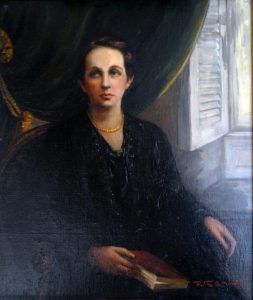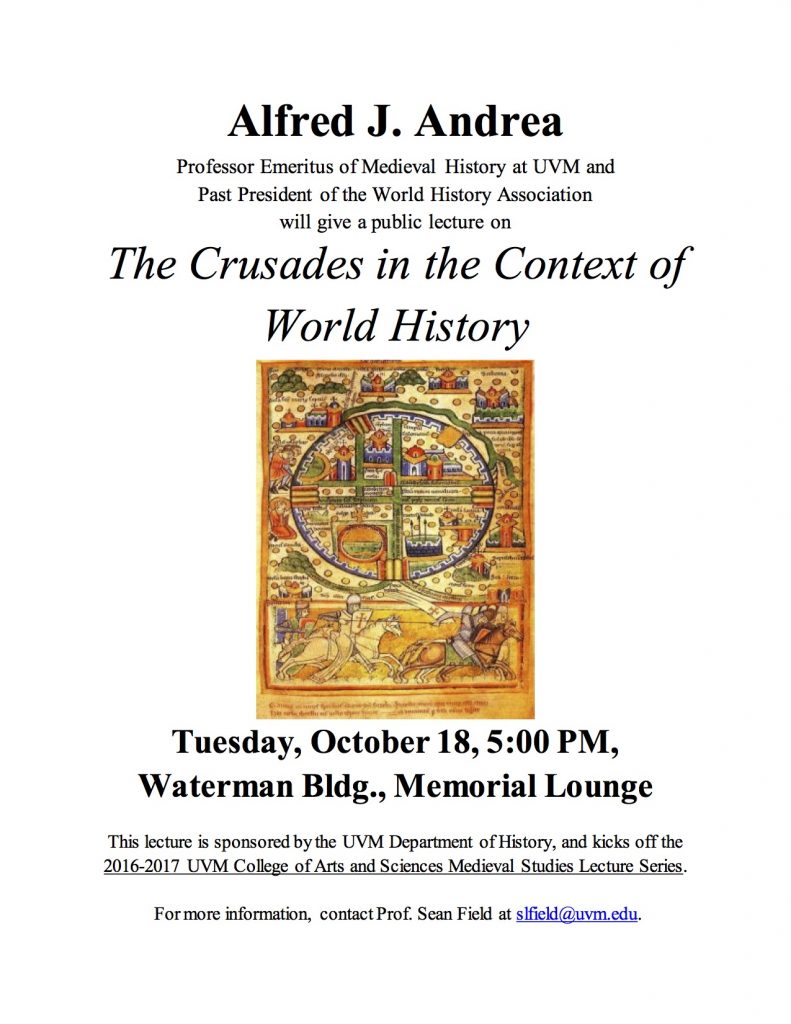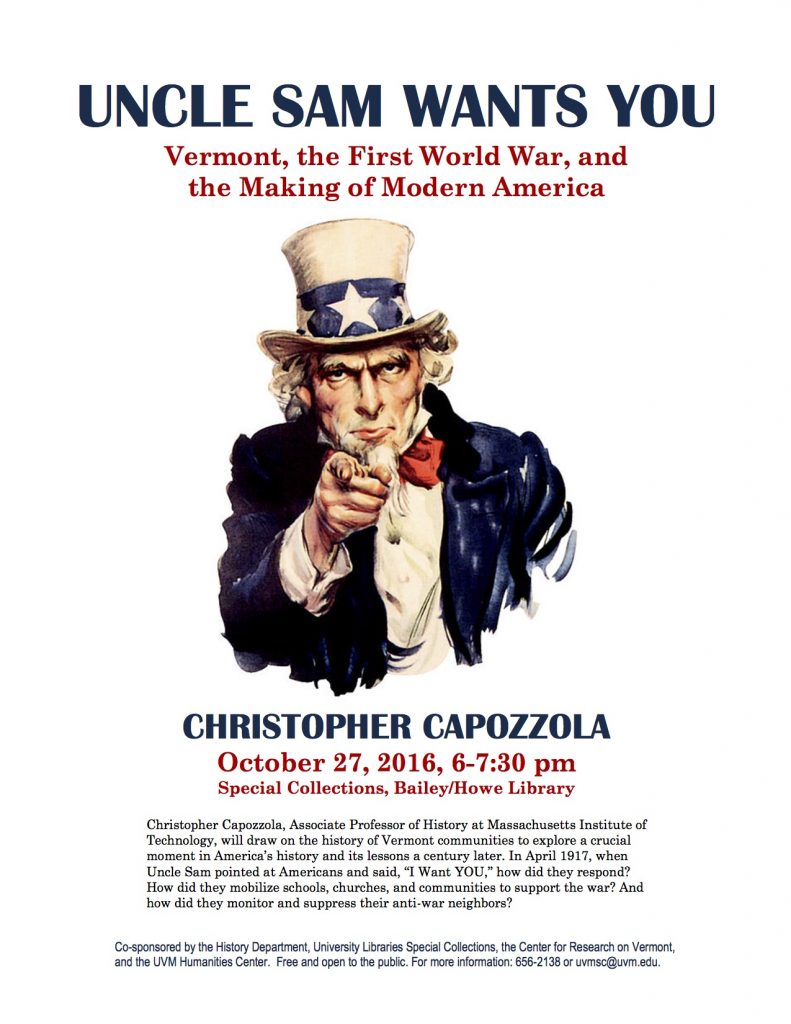“Five Questions With…” is a regular feature on our blog that profiles a member of the UVM history department.
To request a profile of a particular history department professor or staff member, or to submit questions for consideration for particular professors, please email history@uvm.edu with the subject line “Five Questions.”
This month, we are chatting with the newest member of our department, Assistant Professor Mary Mendoza. A native Texan, Professor Mendoza joined the UVM History Department in the fall of 2015. She received her B.A. from Middlebury College in 2006, an M.A. in U.S. History from American University in 2010, and an M.A. and Ph.D. from the University of California, Davis in 2012 and 2015. Her work focuses on the intersections between environmental and borderlands history and she teaches courses on colonial and modern U.S. history, race in the American West, environmental history, Chicano history, and borderlands history.
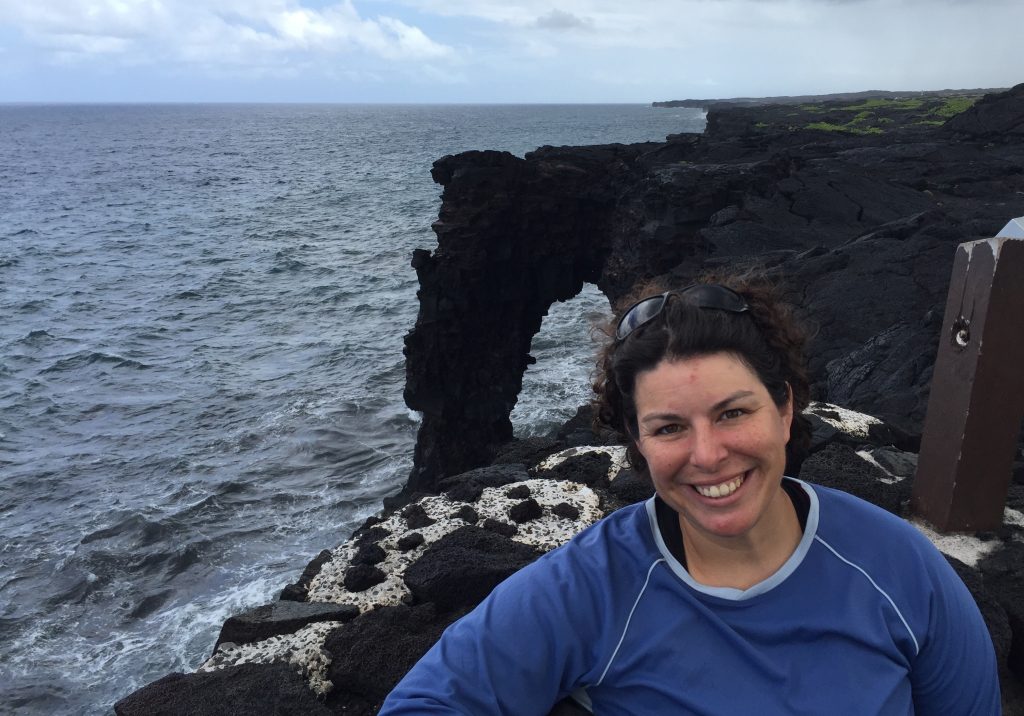
What are you teaching this year?
This fall I am teaching a first-year TAP class about the environmental history of the U.S-Mexico border fence called “Unnatural Border” (the class is based on my book topic) and a general survey of the U.S. Southwest called “The Southwest Borderlands.” Next semester I will teach the intro to Critical Race and Ethnic Studies as well as a seminar called “History of Race in the U.S.”
What’s your favorite thing about teaching history?
My favorite thing about teaching is my students. I enjoy talking with them, hearing what they think, and how reading and discussing events in the past informs their understanding of the present. I especially love it when students realize that studying history is so much more than just memorizing dates, facts, and key actors. It is learning to read critically, recognize patterns in human behavior, write for a wide audience, among other things, all of which are skills that they can transfer to any job that they might have in the future.
What are you working on these days?
I am working on a couple of things, actually. My primary project is that I am writing a book on the environmental history of the U.S.-Mexico border tentatively titled, Unnatural Border: Race and Environment at the U.S.-Mexico Divide. The book explores the intersections between the natural and the built environments along the U.S.-Mexico border from a transnational perspective. Specifically, I explain the causes, development, and legacy of fence construction along the international boundary line. I argue that the construction of the border fence began in 1911 as a U.S. Department of Agriculture initiative to stop the movement of a cattle tick—a non-human natural threat—and, by 1945, grew into a multi-pronged effort to control the dynamic flow of human migration. As the United States and Mexican governments passed laws, built fences, and hired agents to police the boundary between the two nations, the border became an expression of human imagination rather than a geographical certainty. At every turn, environmental realities undermined state action. And while state-sanctioned efforts to control movement largely failed, the symbolic power of the border increased, creating and solidifying a highly contested and racialized landscape of power, difference, and exclusion by the end of the twentieth century.
The other project I am working on is an edited collection tentatively titled, Not Just Green, Not Just White: Race, Justice, and Environmental History. That book brings together a number of environmental historians that analyze the relationships between environment, race, and justice through a historical lens, exploring how environmental injustices are produced in different historical contexts in ways that profoundly shaped, and still shape, the experiences of communities of color in the US. More broadly, the included essays ask how power relations have been articulated through resources and resource exploitation; how the environment has been a literal and figurative terrain of struggle over rights, inclusion, or differentiation; or how nature has come to signify and symbolize race in ways that produce unequal or unjust power relations. Ultimately, the collection seeks to underscore the reality, long apparent to communities of color but too rarely articulated in scholarship on environmental history, that racial injustice and environmental degradation (and sometimes preservation) are co-constituted.
What’s the best historical book you’ve read recently?
This is a tough question. I have read a lot of good books lately, so I think I will just go with my two favorite books from the past couple of years. One book that I really loved and love to teach is Ari Kelman’s most recent monograph, A Misplaced Massacre: Struggling over the Memory of Sand Creek, which won several prizes. The book covers the history of a bloody massacre of indigenous communities in Colorado at the hands of U.S. soldiers. Kelman opens with a 2007 scene in which the National Park Service is working to memorialize the massacre, but in doing so, they realize that the site of the massacre is uncertain because various actors have remembered it differently. From there, he goes back in time a traces the history of the massacre, but he does so using three different perspectives of the event, ultimately making the argument that perspective matters and dramatically shapes how we remember and learns about the past. And then, moving to a larger scale, he argues that the massacre which happen in the midst of the Civil War, shows that the Civil War was not just a war of liberation (because it ended slavery), but a war of empire.
The other book is Lori Flores’s new and fabulous book Grounds for Dreaming: Mexican Americans, Mexican Immigrants, and the California Farmworker Movement. Her book is a much needed contribution to the fields of Latino Studies, Borderlands, and Mexican-American history. She writes about migrant workers fighting for equality in grueling working conditions in the Salinas Valley in California before Cesar Chávez’s farmworker movement. One of the things I appreciate most about it is that she is careful to differentiate between Mexican guest-workers known as “braceros,” Mexican Immigrants, and Mexican Americans, which few studies on Mexican American history actually do well. It’s extremely well-written and very informative. It’s a book I have wanted someone to write for a long time, and Flores not only wrote it, but she nailed it.
What are you up to when you’re not on campus?
When I am not on campus, I spend time with my family, my wonderful dogs, and my friends. I especially enjoy taking the dogs for walks and swimming in ponds. I spend a lot of time kayaking and hiking when I’m not writing, and I travel quite a bit both for work and for pleasure.

